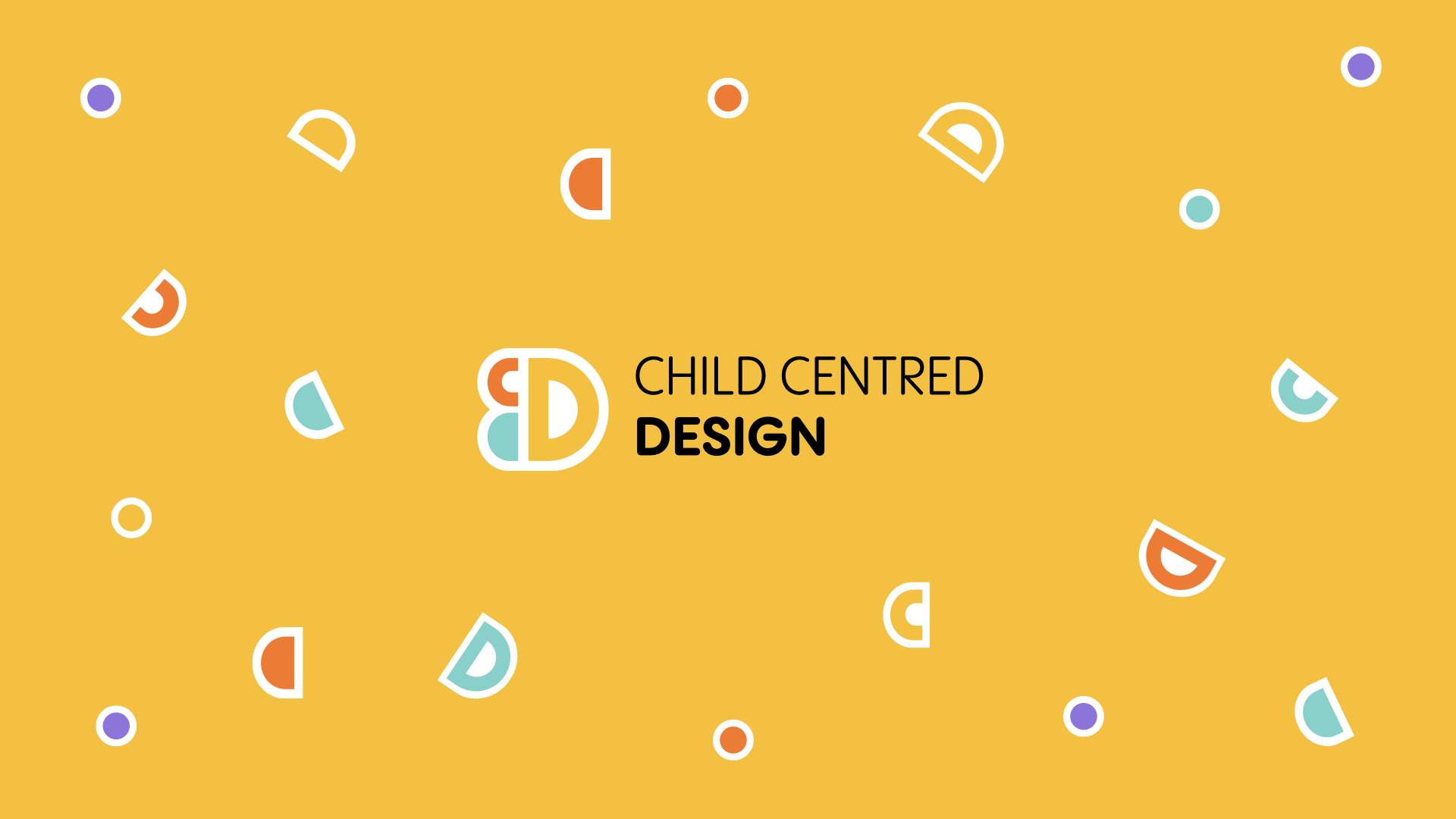CHILD CENTRED DESIGN OUTPOST
LEARNING TROUGH PLAY | CHILD-CENTERED DESIGN
CHILD CENTRED DESIGN OUTPOST
LEARNING TROUGH PLAY | CHILD-CENTERED DESIGN
Assistant Professor
_Company
Design School Kolding
_Professors Team
Karen Feder, Louise Åagard, Angelica Lascar, Sol Trejos, Laura Ospina & Camilo Rodriguez
My role was co-planning the outpost, coordinating both universities, create partnerships with schools in Colombia, mentor students and gave them an Insight workshop, so they can transform their research into meaningful insights that can lead the project to the final design.

An Outpost for Kids, with Kids, to promote Play.
The study trip officially began on March 11, 2024, in Bogotá, Colombia. During the first week, students attended joint classes between the two Master's programs, exchanging ideas and approaches. The following week, they worked directly with the children in Marsella, applying what they had learned and developing new insights that turned them into ambassadors for the children to the adults.
Designing for Children Rights to play, by playing.
During the course, students developed tools and prototypes that would later be applied in Marsella when both universities met to work together. Schools from the Instituto Educativo Alto Cauca Manga Bonita, La Palma, and El Pajuil in the rural area of the town and the La Inmaculada school in the urban area of Marsella participated in the collaboration. This allowed students to interact with the children, play, and design with them. Below, I outline four main achievements from the process:
_Play as common language
Although they didn’t speak the same language, play became their common language. Activities such as hide and seek, painting on a giant piece of paper, playing soccer, or exploring the coffee field facilitated genuine connections. By being in a shared comfort space, children and adults built trustful relationships that enriched the design projects and strengthened collaboration.
_Play with the kids, design for them
During the trip, it became clear that some students faced difficulties using conventional design tools to interact with children, who, due to the social circumstances mentioned earlier, were often fearful of interacting with adults. Play proved to be a fundamental piece.
_Play as trust enabler
By integrating play into the design process, fear is reduced, and a safe environment is created where designers can build empathy and trust with the children. Safe spaces are essential for designers (Skovbjerg, 2024) and children (Feder, 2020), as they enable mutual understanding and facilitate dialogue, regardless of language. Play, as a facilitator, enables the development of these necessary spaces to foster trust and creativity.
_Play equal to development
Playing is a daily activity that transforms children's environment into a safe and fun space. Through play, they build friendships, develop trust and intimacy, interact socially, and find a place to express themselves, imagine, and explore. Understanding this dynamic and applying it to design is crucial for students, as play becomes a tool to develop creative confidence and build bridges with the children.
Some pictures of the project development in Marsella, Risaralda. Video recorded and edited by Universidad de los Andes, all the rights belongs to them. All the kids that appear on the images gave me their parents and own authoritation to show their pictures and results.
